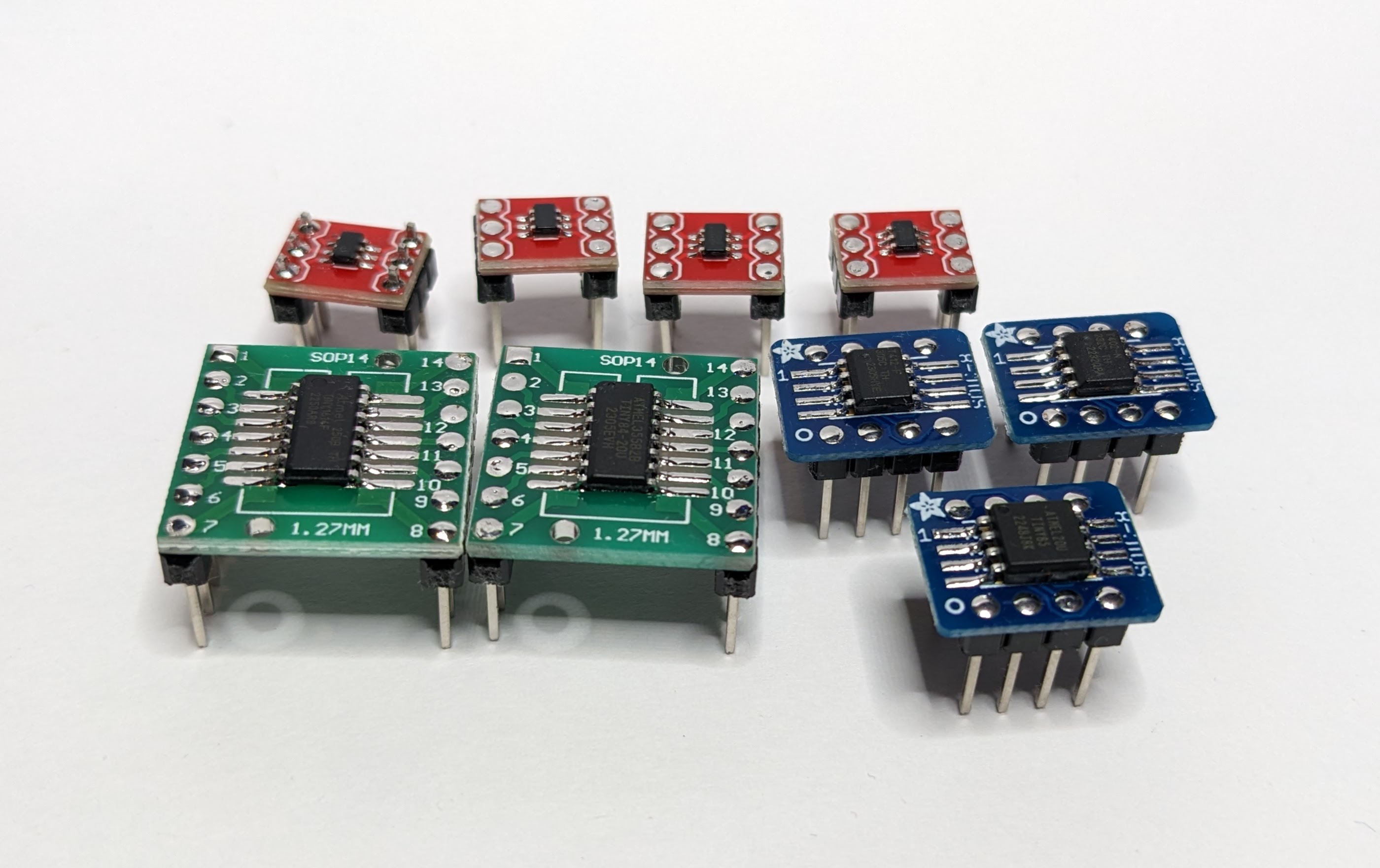this post was submitted on 30 Jul 2023
4 points (100.0% liked)
AVR
91 readers
1 users here now
This is an UNOFFICIAL AVR community.
This is a community for people who use AVR microcontrollers. This can include Arduinos, Arduino clones, Arduino like boards, and stand alone AVR chips and self-designed boards.
NOTE: If your circuit is doing something weird when you touch a wire or move your hand across it see this pinned post.
This is a community for everyone who is interested in AVRs and Arduinos from beginners to experts, kids to adults, hobbyists to engineers.
You may also be interested in:
Arduino
RULES:
-
All Lemmy.ca rules apply here.
-
Everyone (see rule 98) is welcome.
-
If you’ve seen a question 100 times answer it the 101st time or ignore it. Even better, write a complete, detailed answer and suggest that the mod(s) pin it to the community.
[Did you actually think there were 98 rules?]
-
If you present something as fact and are asked to provide proof or a source provide proof or a source. Proof must be from a reliable source. If you fail to provide proof or a source your post or comment may be removed.
-
Don’t be a dick. Yes, this is a catch-all rule.
-
The mod(s) have the final say.
founded 1 year ago
MODERATORS

